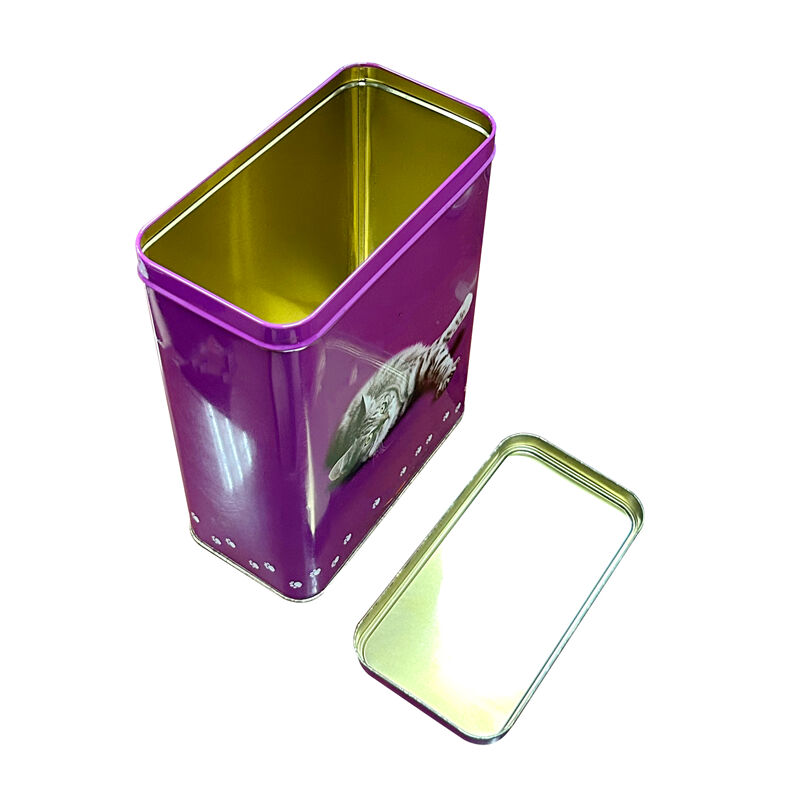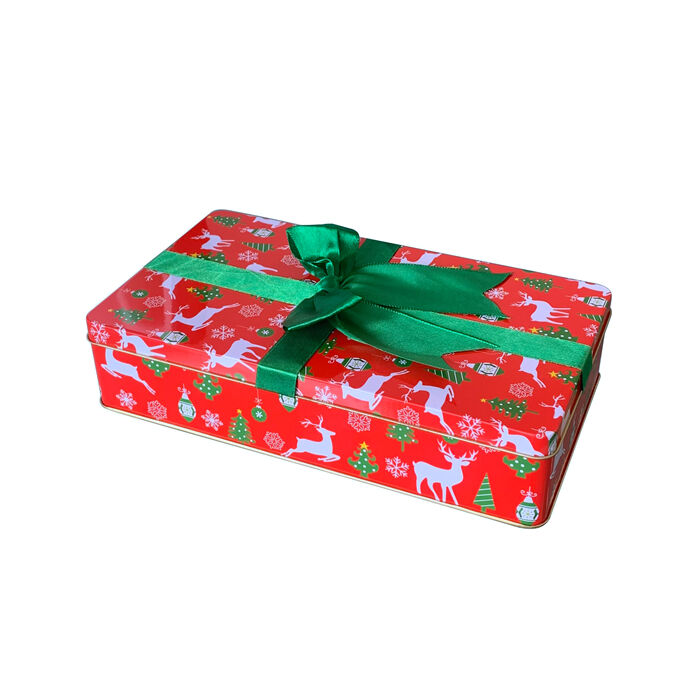Understanding Modern Food Preservation Through Metal Packaging
The tin can has revolutionized food preservation and storage for over two centuries, becoming an integral part of our modern food supply chain. While many people still refer to these containers as tin cans, today's food-grade containers are actually made from steel with a thin protective coating. This advancement in packaging technology ensures both safety and longevity of our preserved foods.
Modern food manufacturers rely heavily on tin can packaging to deliver safe, shelf-stable products to consumers worldwide. The technology behind these containers has evolved significantly since their invention in the early 1800s, incorporating innovative materials and safety features that make them more reliable than ever before.
The Evolution of Food-Grade Metal Packaging
Historical Development of the Tin Can
The story of the tin can begins in 1810 when Peter Durand patented the first metal container for food preservation. Early versions were indeed made primarily of tin-plated steel, hence the name that persists today. These original containers were thick, heavy, and required a hammer and chisel to open - a far cry from the convenient packaging we know today.
Throughout the 19th century, tin can manufacturing became more sophisticated, leading to thinner walls and the introduction of the first can openers. This innovation made preserved foods more accessible to the general public and played a crucial role in feeding armies during various conflicts.
Modern Manufacturing Processes
Today's tin can production is a highly automated process that ensures consistent quality and safety. The base material is steel, which undergoes electrolytic coating with chromium oxide and a microscopic layer of food-grade polymer. This coating prevents any direct contact between the food and metal, eliminating the risk of metallic contamination.
Advanced manufacturing techniques allow for the production of lighter, more environmentally friendly containers while maintaining structural integrity. The modern tin can features precise double-seamed ends and protective internal linings that are specifically designed for different types of foods.

Safety Features and Protective Measures
Internal Protective Coatings
Every tin can used for food storage features a specialized internal coating that acts as a barrier between the metal container and its contents. These epoxy-based linings prevent chemical reactions that could affect food quality or safety. Different types of coatings are used depending on the specific requirements of various foods, from highly acidic tomatoes to oil-packed fish.
The protective layers undergo rigorous testing to ensure they can withstand processing temperatures and maintain their integrity throughout the product's shelf life. This attention to detail has made the tin can one of the safest food packaging options available.
Quality Control Standards
The food packaging industry maintains strict quality control measures throughout the manufacturing process. Each tin can must meet specific standards for thickness, coating integrity, and seal quality. Regular testing includes pressure tests, coating adhesion checks, and microscopic examination of seams.
Manufacturers conduct extensive shelf-life studies to verify that their containers maintain food safety and quality for the intended storage duration. These studies often extend beyond the stated expiration date to ensure an adequate safety margin.
Environmental Impact and Sustainability
Recycling Capabilities
The tin can stands out as one of the most recyclable food packaging options available. Steel, the primary component, can be recycled indefinitely without losing quality. This makes the tin can a particularly environmentally responsible choice for food packaging. The recycling process is well-established in most countries, with high recovery rates.
Modern recycling facilities can easily separate and process tin cans, making them a valuable resource in the circular economy. The energy saved by recycling these containers is significant, reducing the environmental impact of food packaging.
Carbon Footprint Considerations
While the production of tin cans requires significant energy, their overall environmental impact must be considered in the context of food preservation and waste reduction. These containers prevent food spoilage and reduce the need for energy-intensive refrigeration during storage and transportation.
The durability of tin cans also means fewer damaged products during shipping, further reducing waste. Additionally, their stackability allows for efficient use of space during transportation, potentially lowering the carbon footprint of food distribution.
Best Practices for Storage and Usage
Proper Storage Conditions
To maintain the safety and quality of canned foods, proper storage conditions are essential. Store tin cans in a cool, dry place away from direct sunlight and extreme temperatures. Avoid areas prone to humidity, as this can lead to external rusting, though modern containers are highly resistant to corrosion.
Organize your stored cans by date and follow the first-in-first-out principle to ensure optimal usage. While most canned foods have a shelf life of several years, checking expiration dates regularly helps maintain a safe food supply.
Signs of Compromise
While tin cans are extremely reliable, knowing how to identify potentially unsafe containers is important. Look for signs such as severe dents, especially along seams or edges, bulging ends, or rust penetrating the container. These could indicate compromise of the container's integrity or possible bacterial contamination.
If a can shows any of these warning signs, it's best to dispose of it safely. When opening a can, be alert for unusual odors, colors, or textures that might indicate spoilage, though such occurrences are rare with properly manufactured and stored containers.
Frequently Asked Questions
How long do foods last in tin cans?
Most commercially canned foods can last between 2-5 years when stored properly in a cool, dry place. Some products may even remain safe to consume beyond their stated expiration date, though quality might gradually decline. Always check for signs of damage or spoilage before consuming.
Are tin cans actually made of tin?
Modern tin cans are primarily made of steel with a thin protective coating. While they were historically made with significant amounts of tin, today's containers use minimal tin in their construction, mainly in the protective layers that prevent corrosion and food interaction.
Can tin cans leach harmful chemicals into food?
Modern tin cans feature protective linings that prevent direct contact between the food and metal container. These FDA-approved coatings ensure that harmful chemicals don't leach into the food, making them safe for long-term food storage when properly manufactured and maintained.

 EN
EN
 AR
AR BG
BG HR
HR CS
CS DA
DA NL
NL FI
FI FR
FR DE
DE EL
EL IT
IT JA
JA KO
KO NO
NO PL
PL PT
PT RO
RO RU
RU ES
ES SV
SV CA
CA IW
IW ID
ID LV
LV LT
LT SR
SR SK
SK SL
SL UK
UK VI
VI SQ
SQ HU
HU TR
TR FA
FA MS
MS GA
GA CY
CY LA
LA